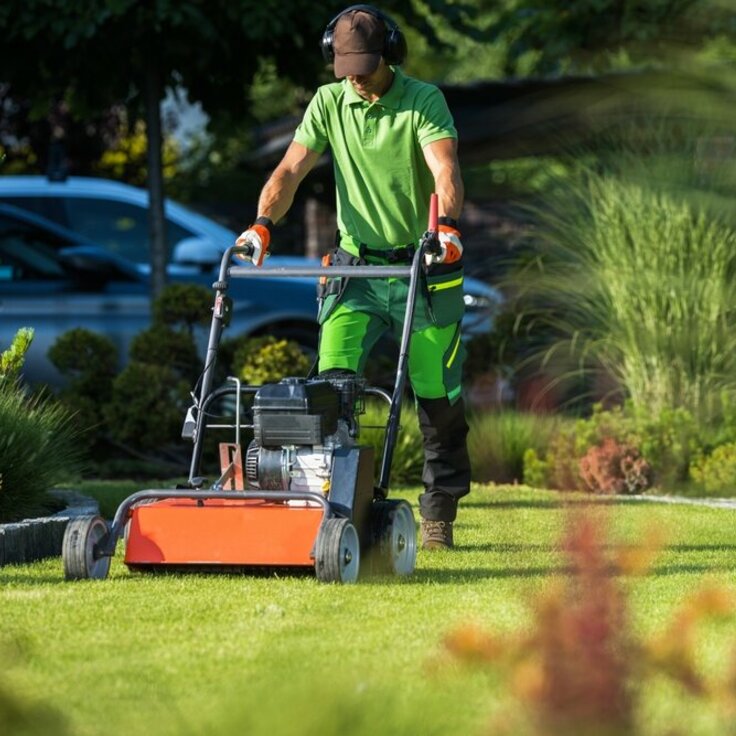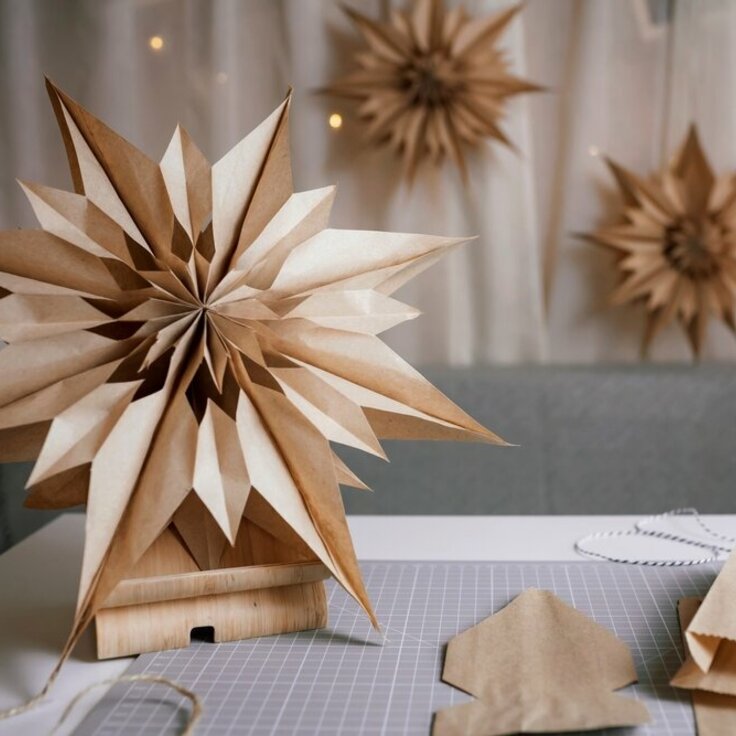Getting Roses Ready for Winter
Cold fall winds are telling us winter is on the way. It's time to bring out our our warm jackets, hats, and mittens -- and time to think about getting roses ready for the cold ahead as well. All roses need some fall clean-up to help keep insects and disease under control next year, and some roses need a little extra TLC to get to the other side of winter.
Giving Roses the Once-Over
After roses have dropped most of their leaves, it's time to pick off any remaining on the plant. Removing the dead leaves that can harbor disease organisms and overwintering insects reduces problems the following year. It's also a good idea to remove the top layer of mulch and dispose of this far from the rose garden. Do this for all your roses, including the hardier rugosas and shrub roses. But your grafted roses will need some additional attention to assure they come through the winter in good condition.
Protecting the Graft Union
Grafted roses are a combination of the desired variety of rose on the top and a fast-growing variety on the bottom. Usually hybrid teas, and grandifloras are grafted. Shrub and landscape roses are generally grown on their own roots. You can tell a grafted rose by the swollen, knobby area near the base of the plant. Grafting is a way of producing more rose plants more quickly. But the graft union itself can be damaged by cold, and some of the common rootstocks are not especially hardy varieties. So these plants need lots of insulation from the cold as well as from fluctuating temperatures.
Don't Cover Roses Too Early!
But don't put on protection too early! Wait until at least mid-November before covering your roses. They need to be exposed to the shortening days and decreasing temperatures of fall to develop as much natural winter hardiness as they have. Covering plants too early leaves them more susceptible to winter injury.
Protect with Insulating Mulch
Start by surrounding individual plants with some type of enclosure, such as chicken wire or roofing paper formed into a cylinder and anchored with stakes. You may need to tie up some of the canes to make room for the enclosure. You can cut back canes to about 18 inches if necessary to make covering easier.
The fill in with insulating mulch at least 12 inches deep. Loose bark mulch; straw; light, porous soil; oak leaves; vemiculite; or peat moss all provide good protection. Don't use heavy, dense soil or leaves like maple that form a dense mat when they get wet or you may smother the crown and kill the plant. Avoid styrofoam rose cones without ventilation at the top because they absorb the sun's heat and can raise the temperature inside enough to injure your plants.
With any luck -- and a good insulating snow cover -- your roses will survive yet another winter. Even if you have to cut back some dead, blackened canes your plants will quickly make up the loss and burst forth with new growth and blossoms.
Read more at National Gardening Association.








